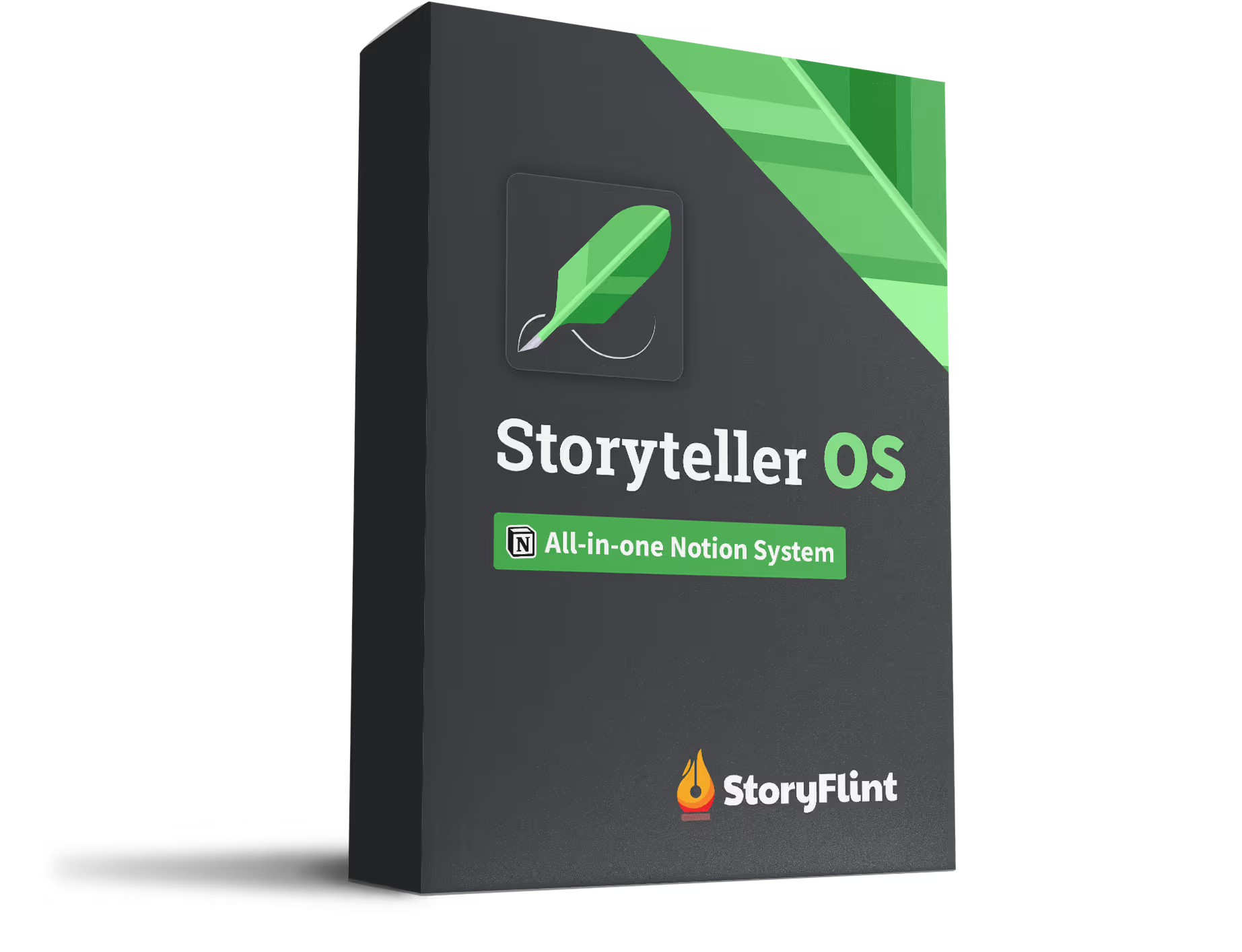Why Writing Backwards Works Surprisingly Well
Trying to write a story without knowing how it ends is like cooking without a recipe—you might nail it, but odds are you’ll forget the eggs.
Starting at the end and working your way back helps every part of the story click into place. It turns wild guesses into smart decisions and makes that twist in chapter twelve feel earned (not random).
Why This Approach Just Plain Works
- It keeps the story moving: When you know where you're headed, it’s a lot easier to figure out how to get there.
- Better twists and turns: You already know the destination, so you can sneak in all the juicy breadcrumbs along the way.
- Stronger characters: You get to see who they become, then build the journey that makes that change believable.
How to Start Writing in Reverse
- Figure out your ending. What’s the big moment? The final battle? The emotional breakdown? The quiet win?
- Work backwards from there. Think about what had to happen right before that moment… and before that… and before that.
- Walk your characters back too. If they end up brave, how did they start out? What changed them along the way?
- Now write your opening. Once you know the finish line, it’s easier to write a beginning that actually matters.
A Quick Example
Let’s say your main character finally forgives someone at the end. Big moment, lots of tears. Okay—now what had to happen to make that feel real? Maybe a betrayal. A misunderstanding. A whole mess of stubbornness. Build those in reverse and you’ve got yourself a tight, emotional arc instead of just vibes.
Plotting backwards helps you stay focused without getting lost in the weeds. It’s like having a map, but also snacks and a good playlist for the trip.
Need help turning that big ending idea into something that actually works on the page?
👉 Explore StoryFlint’s guide on how to write an ending for your story.
Let the ending lead the way—you might be surprised how much smoother the journey gets




